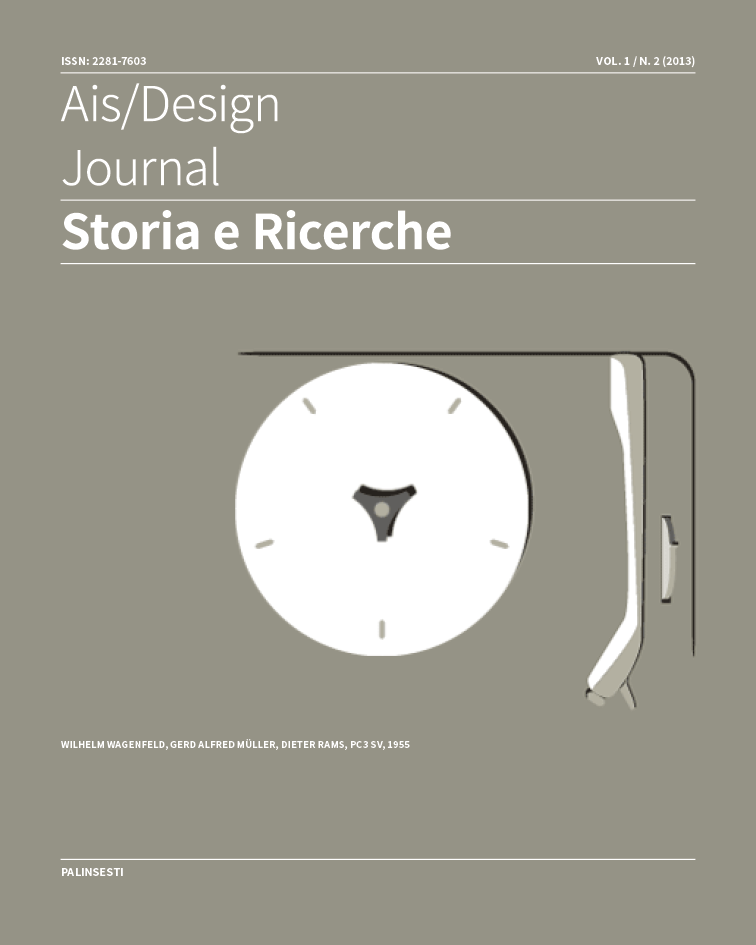The Discovery of the Frame: or the Halo of the Saints v/s iPad
Abstract
The theme of the frame has been dealt with extensively (Simmel, Ortega y Gasset, Popper, Marin) both in the concept of definition of a rational and necessary visual field, and in the limitation of a too characterized and preset reality. The round or square frame reflects the Saints’ halo as glowing symbols, in comparison with the more defined criteria of frame-framework-structure, which serves for holding a table or a canvas, as the only possible representation. However, from this field of definition, or built-up part of reality, we go back now to a frame in total expansion which may ignore both horizontality and verticality. This new frame gives the impression to catch everything but may also let everything pass, like trying to scoop up water with a sieve. The present essay starts from the consecration of the halo and leads to the construction of the electronic screen and the tablet: the bright and dark frame which captures the visual world but soon makes it disappear.
Copyright (c) 2013 Manlio Brusatin

This work is licensed under a Creative Commons Attribution-NonCommercial-NoDerivatives 4.0 International License.
Creative Commons NonCommercial-NoDerivates 4.0 international License (CC BY-NC-ND 4.0).


